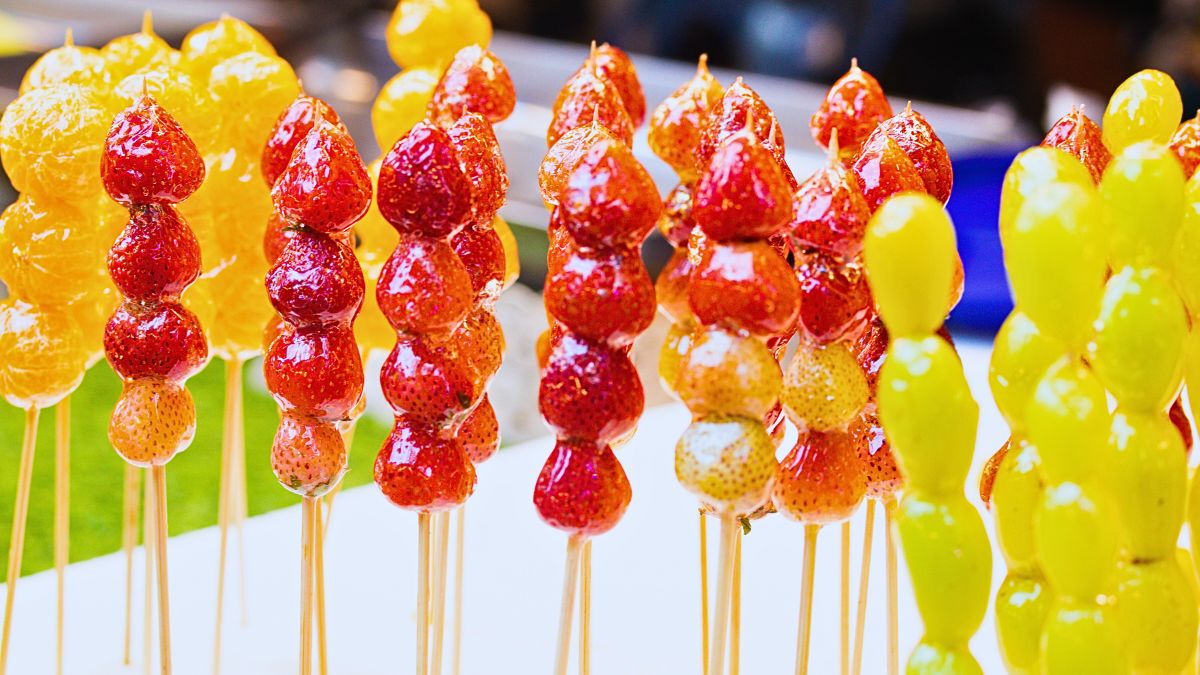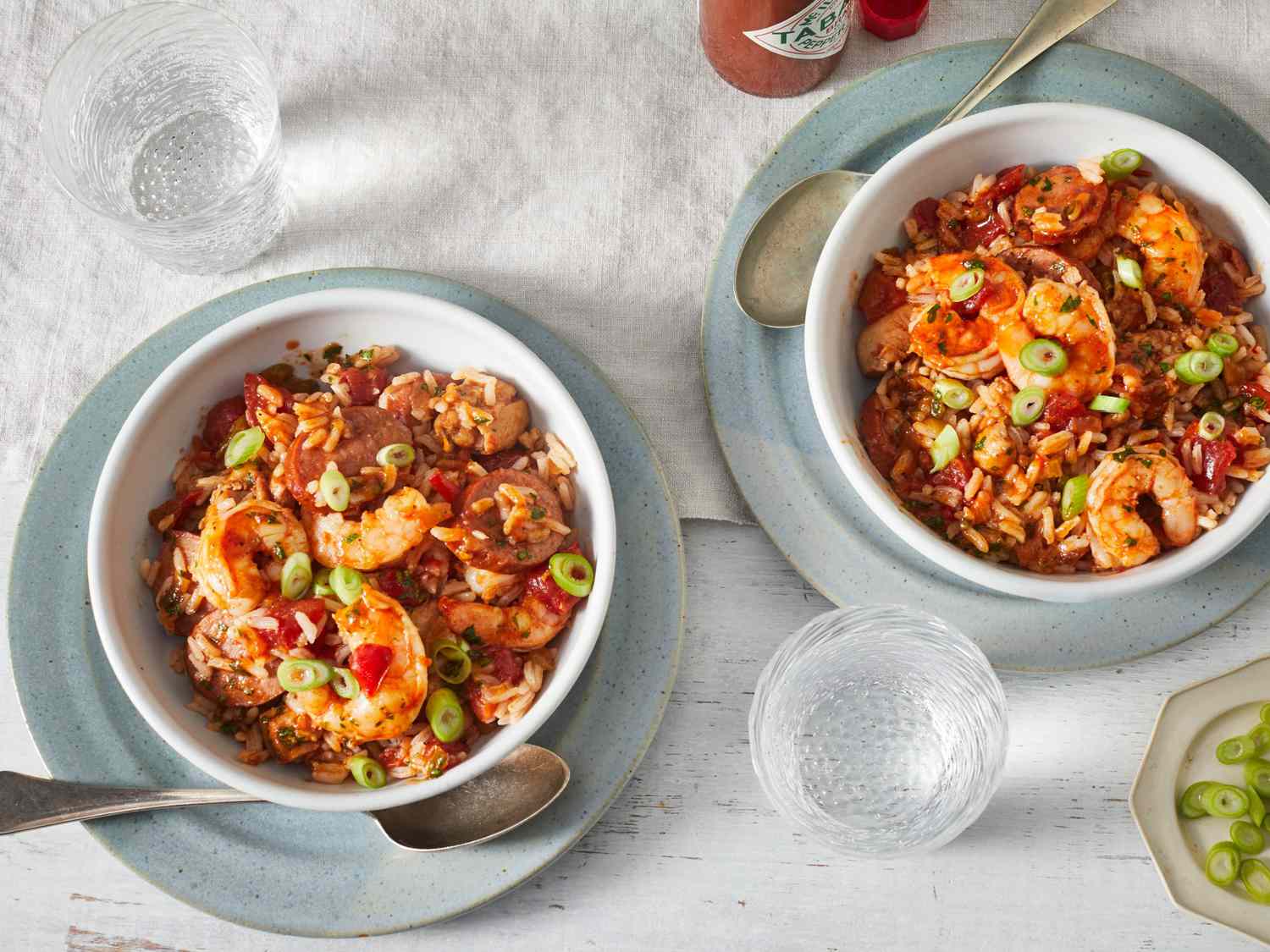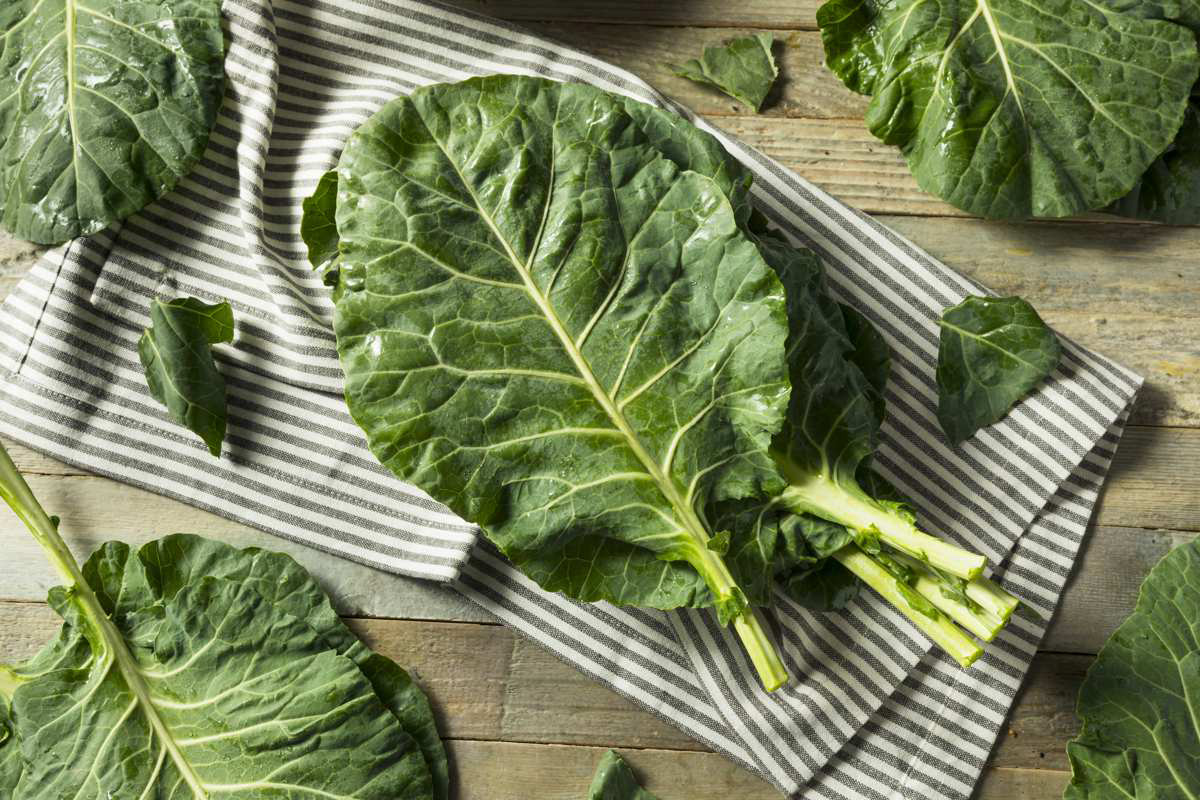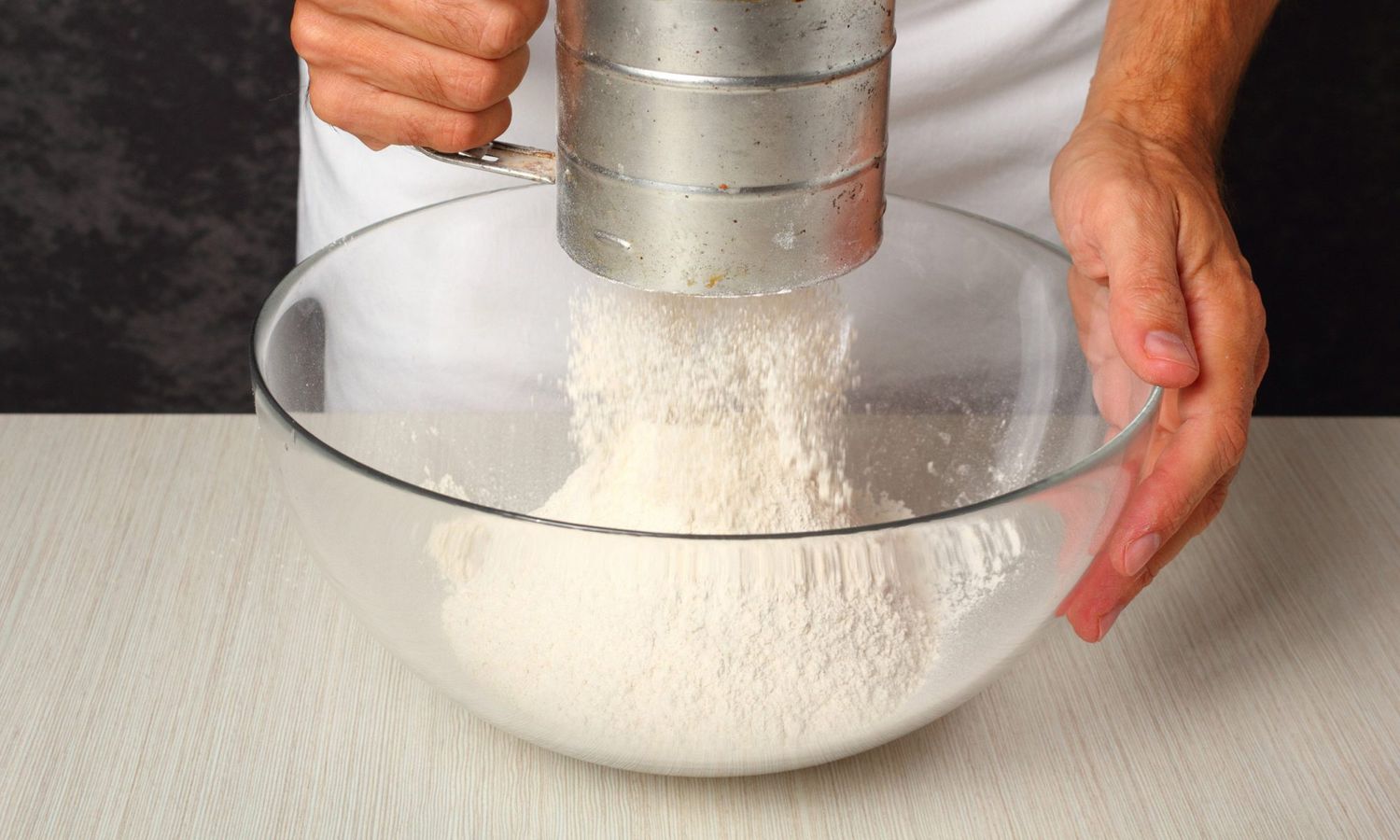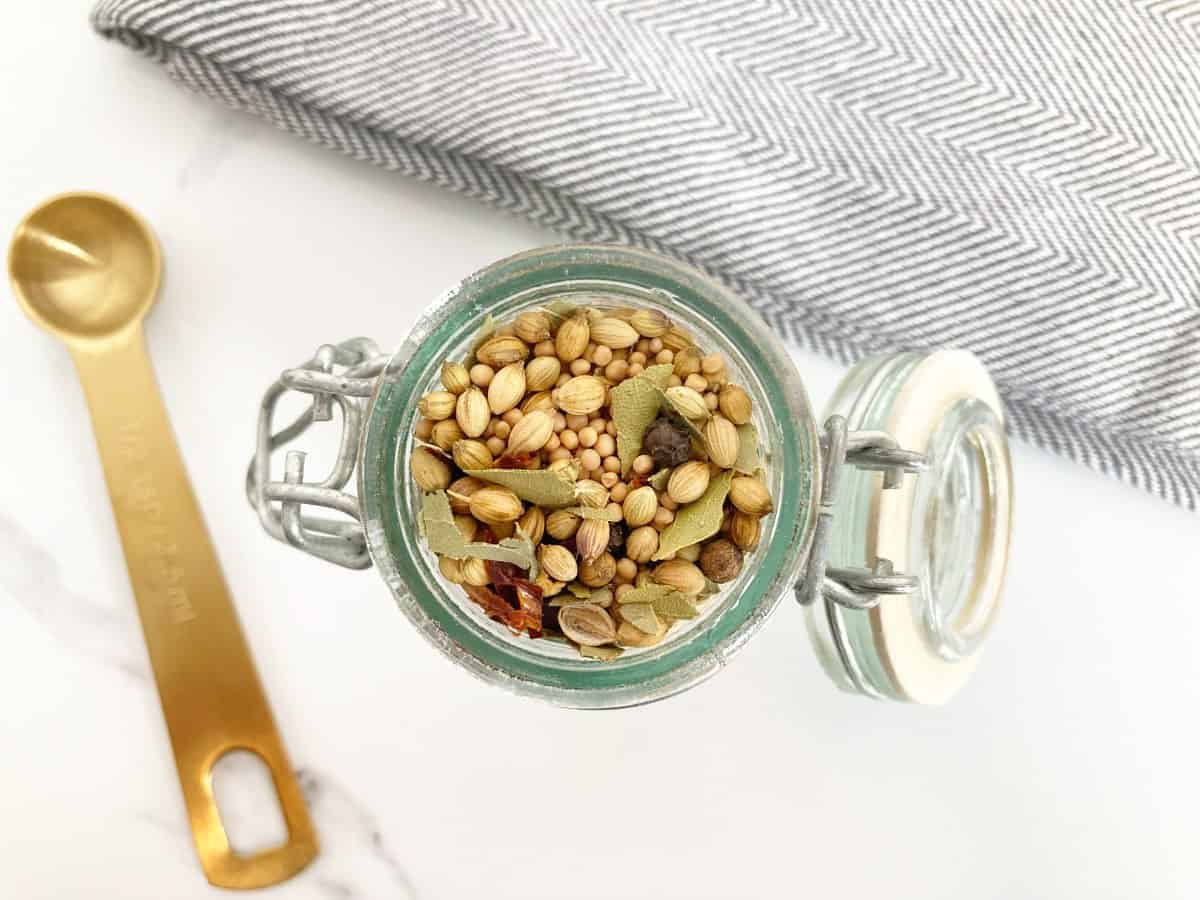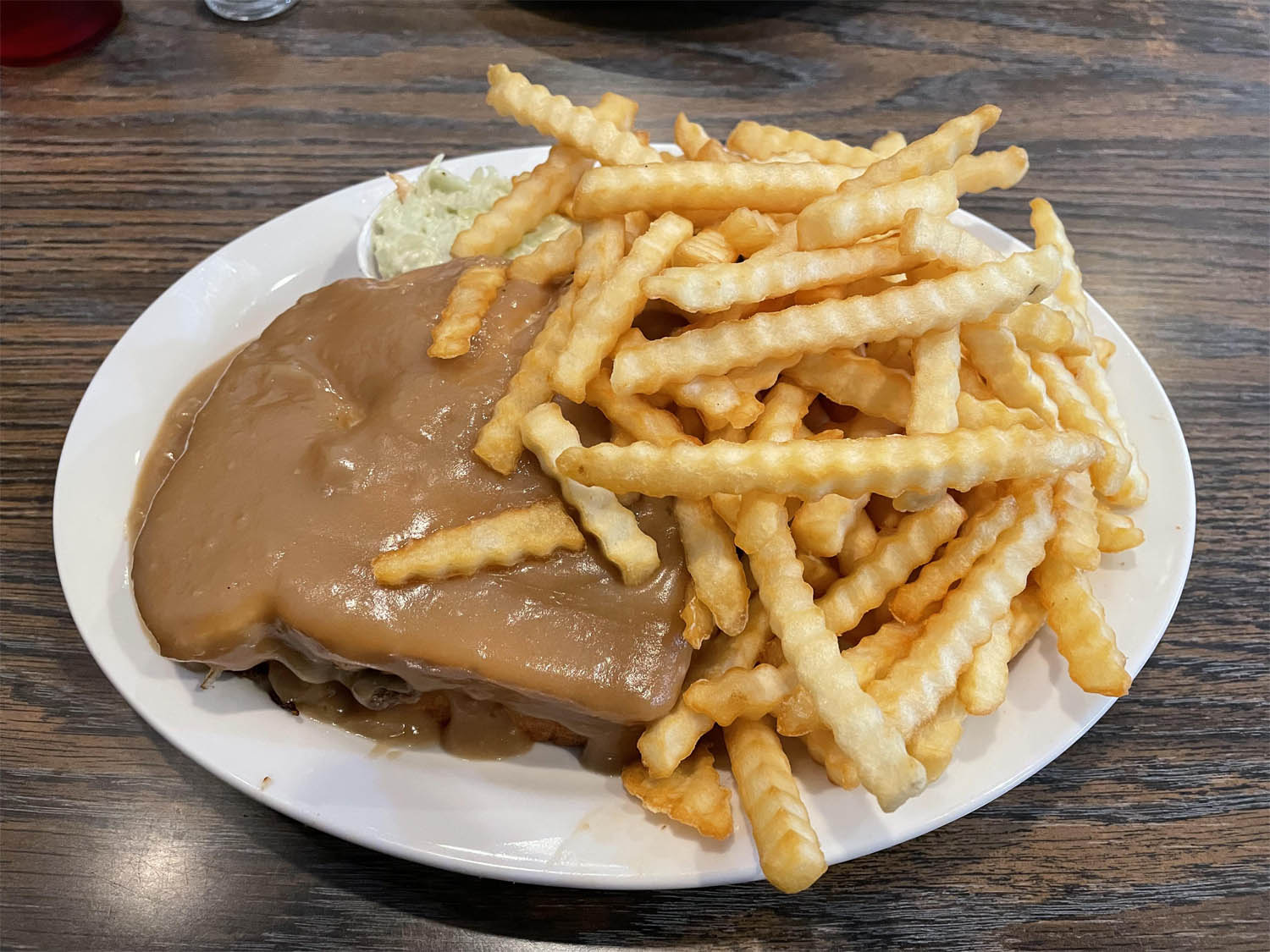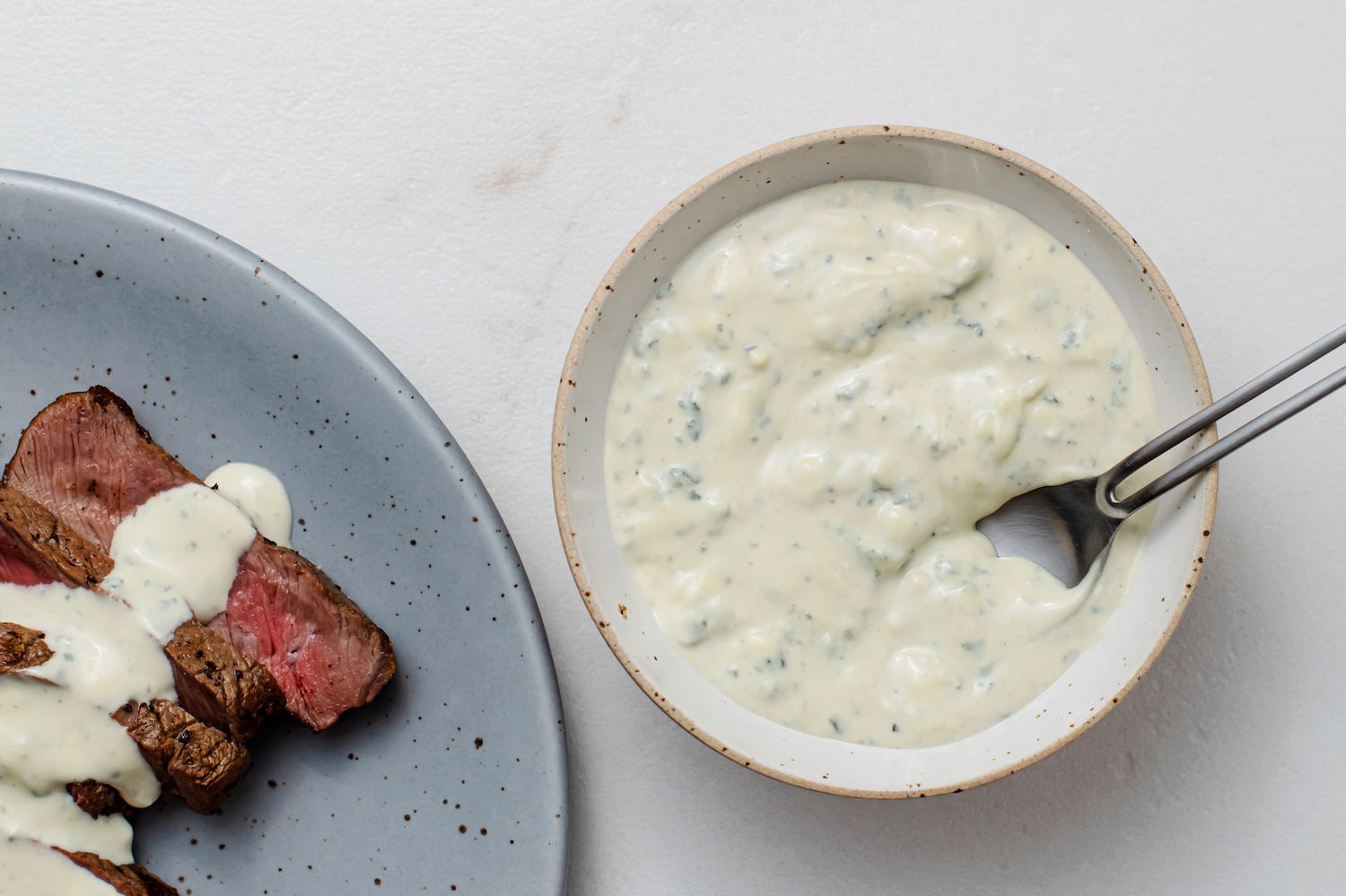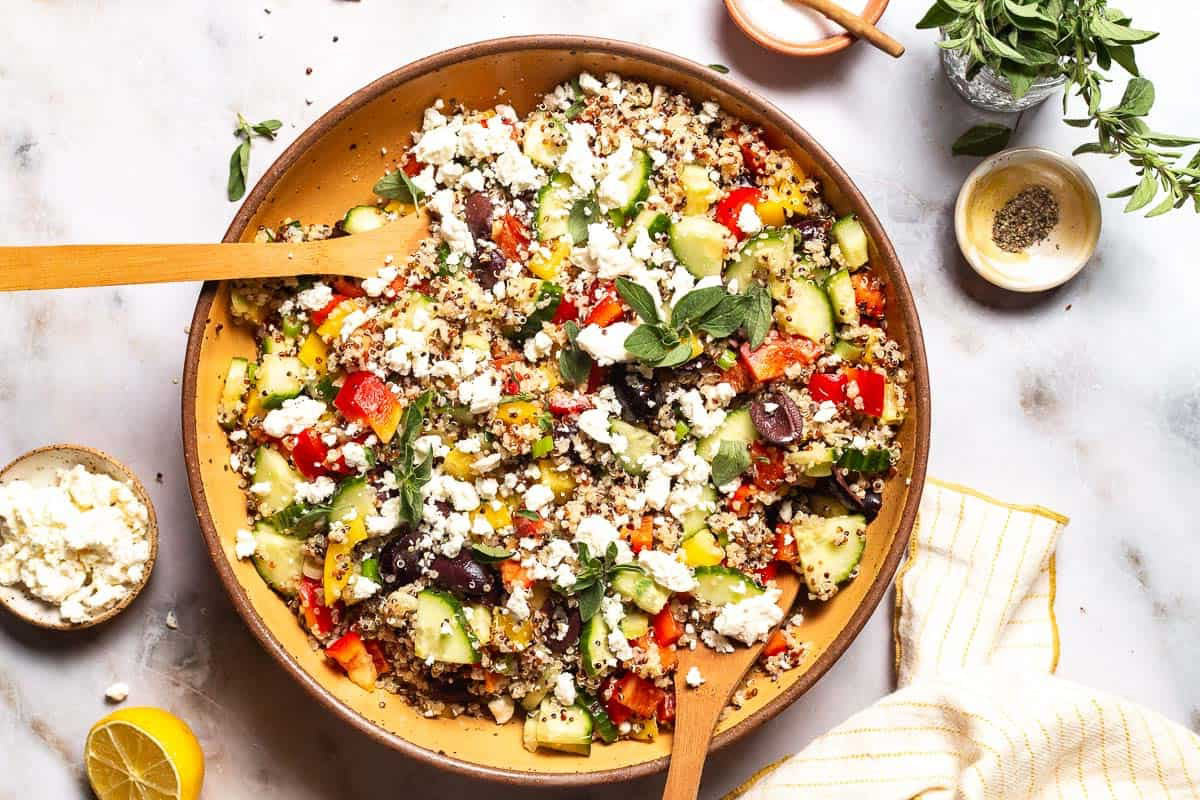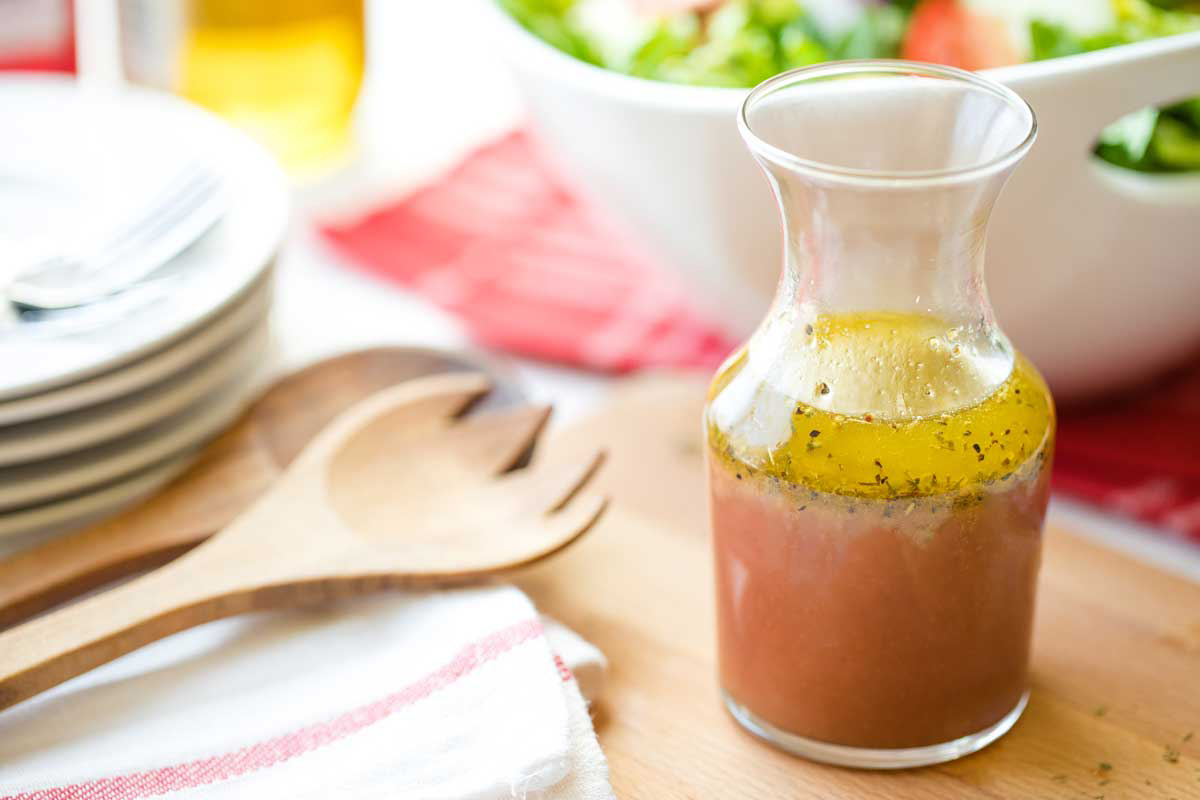Discovering the Delightful World of Rainbow Chard
When it comes to leafy greens, rainbow chard is a vibrant and nutritious option that often gets overlooked. With its colorful stems and dark green leaves, this vegetable not only adds a pop of color to your plate but also provides a host of health benefits. Let’s delve into the world of rainbow chard and explore what makes it a standout ingredient in the culinary realm.
What is Rainbow Chard?
Rainbow chard, also known as Swiss chard, is a leafy green vegetable that belongs to the same family as beets and spinach. It is characterized by its large, dark green leaves and brightly colored stems, which can range from vibrant red and pink to yellow and orange. This colorful display is what gives the vegetable its “rainbow” moniker.
Flavor Profile and Culinary Uses
When it comes to taste, rainbow chard offers a flavor that is slightly earthy and reminiscent of spinach. The leaves are tender when cooked, and the stems provide a satisfying crunch, making the entire plant edible and versatile in the kitchen. Here are some popular culinary uses for rainbow chard:
- Sauteed with garlic and olive oil
- Added to soups and stews
- Used in stir-fries and casseroles
- Raw in salads for a pop of color and nutrition
Nutritional Benefits
Aside from its visual appeal and culinary versatility, rainbow chard is packed with essential nutrients that make it a valuable addition to any diet. Here are some of the key nutritional benefits of this vibrant leafy green:
- Rich in vitamins A, C, and K
- High in fiber, which supports digestive health
- Contains minerals such as magnesium, potassium, and iron
- Provides antioxidants that help combat inflammation
With its impressive nutritional profile, including a variety of vitamins and minerals, rainbow chard is a powerhouse ingredient that can contribute to overall well-being.
How to Select and Store Rainbow Chard
When choosing rainbow chard at the grocery store or farmers’ market, look for bunches with crisp, unwilted leaves and vibrant, unblemished stems. Once you bring it home, it’s best to store rainbow chard in the refrigerator, where it can stay fresh for up to a week. To prolong its shelf life, you can wrap the leaves in a damp paper towel and place them in a plastic bag before refrigerating.
Final Thoughts
Rainbow chard is not only a feast for the eyes with its stunning array of colors, but it also offers a host of culinary and nutritional benefits. Whether you incorporate it into sauteed dishes, soups, or salads, this versatile leafy green can elevate the flavor and nutritional value of your meals. So, the next time you’re perusing the produce section, consider adding some rainbow chard to your basket and embark on a culinary adventure with this delightful vegetable.
Was this page helpful?
Read Next: What Is Texas Caviar?
